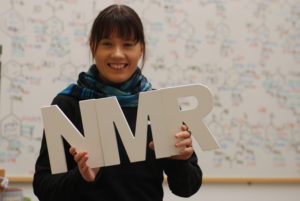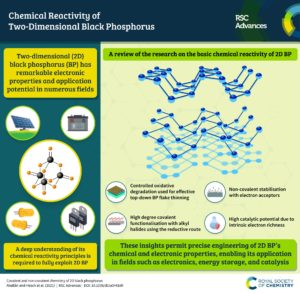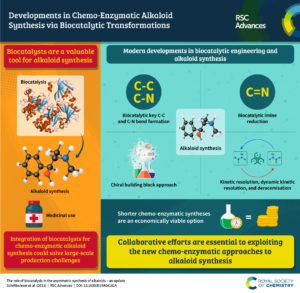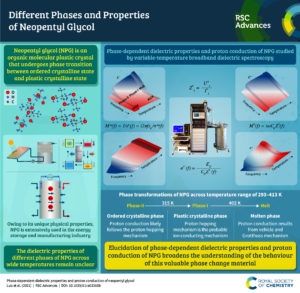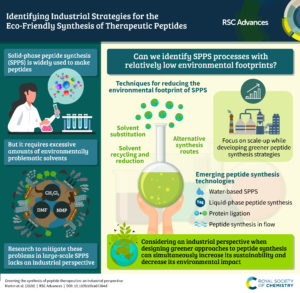We are very pleased to introduce Dr Emanuele Moioli, the sole author of the RSC Advances article Linking heat and electricity supply for domestic users: an example of power-to-gas integration in a building. This paper became one of the newest additions to our Popular Advances collection. The Popular Advances Collection is a selection of well received RSC Advances articles, handpicked by our reviewers and handling editors.
Emanuele told us more about the work that went into this article and what he hopes to achieve in the future. If you would like to explore more of our Popular Advances, please find the full online collection here.
Meet the Author:
Emanuele Moioli studied chemical engineering at Politecnico di Milano and Politecnico di Torino (Italy). He then pursued a PhD focused on chemical reactor design and optimization as Marie-Curie fellow at the Friedrich-Alexander Universität Erlangen-Nürnberg (Germany), in collaboration with the Swiss multinational Lonza. After graduation, he moved to EPFL (Switzerland) for a postdoc focused on the development of new catalysts and reactors for the CO2 methanation reaction. In 2020 he started working as scientist at the Paul Scherrer Institute (Switzerland) where he expanded his interest in the field of CO2 methanation, including the research aspects considering the integration of energy storage technologies in the energy system.
- Could you briefly explain the focus of your article to the non-specialist (in one or two sentences only) and why it is of current interest?
The focus of the research is a feasibility assessment of micro-scale power-to-gas systems to be applied in residential buildings. These systems link electricity to the gas grid, increasing the energy efficiency of the house.
- How big an impact could your results potentially have?
These results could be directly applied in the realisation of such systems, generating a disruptive change in the way electricity and gas supply are guaranteed in residential buildings. This can significantly increase the renewable energy production in micro-scale applications.
- Could you explain the motivation behind this study?
The motivation behind the study consists in finding the key points to link electricity and gas grids, increasing energy storage potential and the penetration of renewable energy.
- In your opinion, what are the key design considerations for your study?
The key design consideration of the study is the possibility of linking electricity and heat supply in the system. While standard power-to-gas systems suffer from low efficiency, this study shows that the self consumption of waste heat from the reaction is beneficial to decrease the global energy demand.
- Which part of the work towards this paper proved to be most challenging?
The most challenging part of the study is the collection of reliable data, which can be used for the system design. To overcome this limitation, the study was based on field observations, linking weather conditions and electricity, heat demand and availability.
- What aspect of your work are you most excited about at the moment?
I am most excited at the fact that this study shows how close we are from the application of power-to-gas in a wide range of specific cases!
- What is the next step? What work is planned
The next step is the implementation of the results in the case investigated. We are currently working with an industrial partner to make this demonstration possible.
Emanuele Moioli*
RSC Adv., 2022,12, 10355-10365 DOI:10.1039/D2RA00951J
Submit to RSC Advances today! Check out our author guidelines for information on our article types or find out more about the advantages of publishing in a Royal Society of Chemistry journal.
Keep up to date with our latest Popular Advances, Reviews, Collections & more by following us on Twitter. You can also keep informed by signing up to our E-Alerts.














